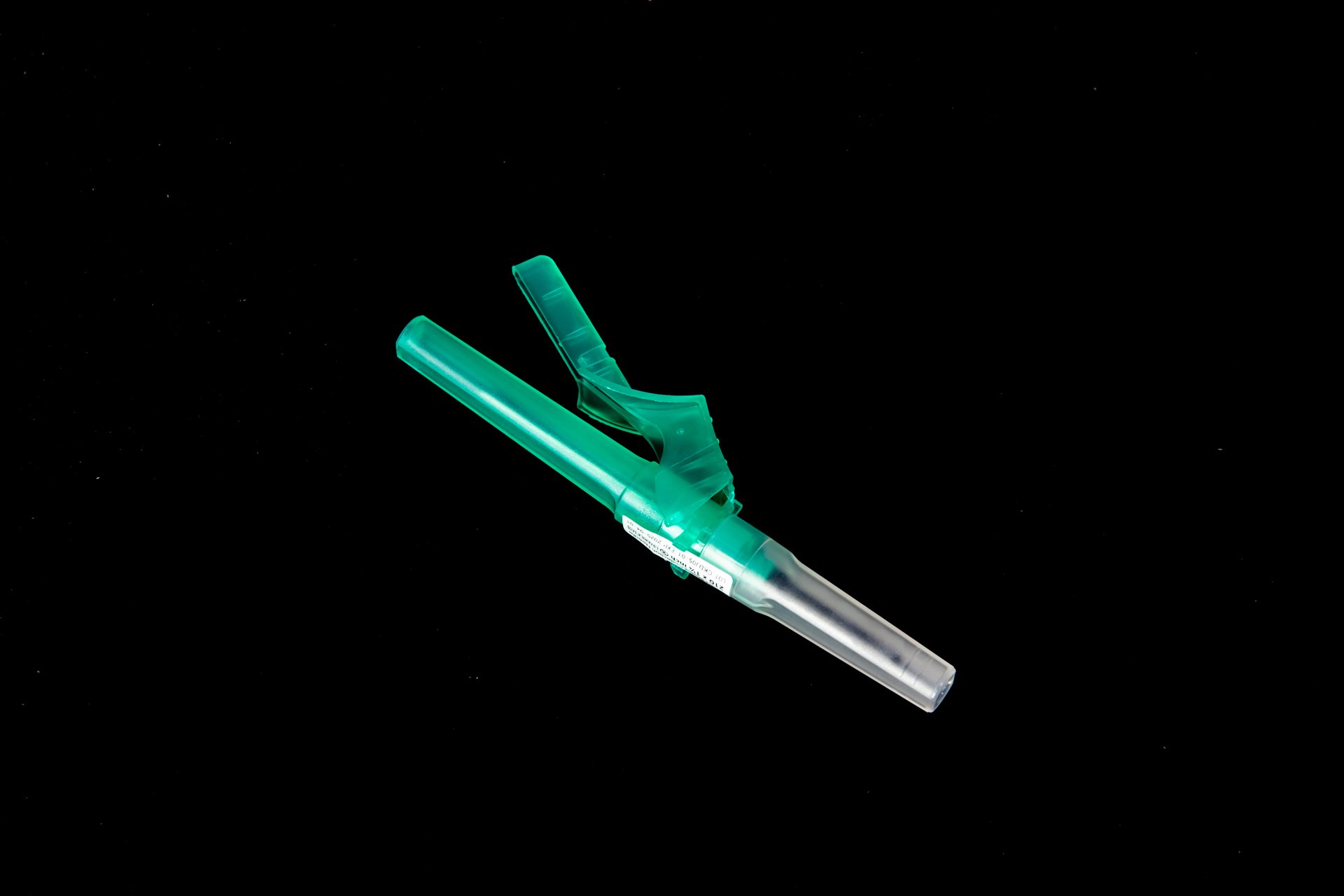The Importance of Capillary Blood Collection
Capillary blood collection is a common practice in healthcare settings, especially for patients who require frequent blood tests or have difficult veins. It involves the collection of a small amount of blood from the capillaries, which are tiny blood vessels close to the surface of the skin. This method is less invasive than venipuncture and can be performed quickly and easily in various settings, such as hospitals, clinics, and even at home.
Capillary blood collection is often used for glucose monitoring, blood typing, and various other diagnostic tests. It is crucial to follow best practices to ensure accurate and reliable results while minimizing pain and discomfort for the patient. In this article, we will discuss some of the best practices for capillary blood collection.
Preparation
Before performing capillary blood collection, it is essential to prepare the patient and gather all the necessary supplies. Here are some key steps to follow:
- Explain the procedure to the patient and obtain their consent.
- Wash your hands thoroughly and put on gloves to prevent contamination.
- Prepare the collection site by cleaning it with an antiseptic solution.
- Gather all the required supplies, including lancets, alcohol pads, gauze pads, and bandages.
By following these steps, you can ensure that the capillary blood collection process goes smoothly and safely.
Technique
Proper technique is crucial for successful capillary blood collection. Here are some best practices to keep in mind:
Selecting a Collection Site
When choosing a collection site, it is essential to consider the patient's age, skin condition, and the type of test being performed. The most common sites for capillary blood collection are the fingertip, heel, and earlobe. Make sure to avoid areas with scars, calluses, or bruises.
Lancet Selection
Choose an appropriate lancet size based on the patient's age, skin thickness, and the depth of the capillaries. Be sure to use a new lancet for each patient to prevent the risk of infection.
Blood Collection
Follow these steps for successful blood collection:
- Hold the lancet firmly against the collection site and press the trigger to puncture the skin.
- Wipe away the first drop of blood with a clean gauze pad to prevent contamination.
- Gently squeeze the site to obtain an adequate blood sample.
- Transfer the blood to the appropriate collection tube or test strip for analysis.
Aftercare
After collecting the blood sample, it is essential to provide proper aftercare to the patient. Here are some best practices to follow:
- Apply pressure to the collection site with a clean gauze pad to stop bleeding.
- Secure a bandage over the site to protect it and prevent infection.
- Dispose of all used supplies in a designated sharps container.
It is also essential to document the procedure in the patient's medical record for future reference.
By following the best practices outlined in this article and referring to additional resources, healthcare professionals can ensure safe and accurate capillary blood collection for their patients.
Disclaimer: The content provided on this blog is for informational purposes only, reflecting the personal opinions and insights of the author(s) on phlebotomy practices and healthcare. While we strive to share accurate and up-to-date information, we cannot guarantee the completeness, reliability, or accuracy of the content. The blog may also include links to external websites and resources for the convenience of our readers. Please note that linking to other sites does not imply endorsement of their content, practices, or services by us. Readers should use their discretion and judgment while exploring any external links and resources mentioned on this blog.



